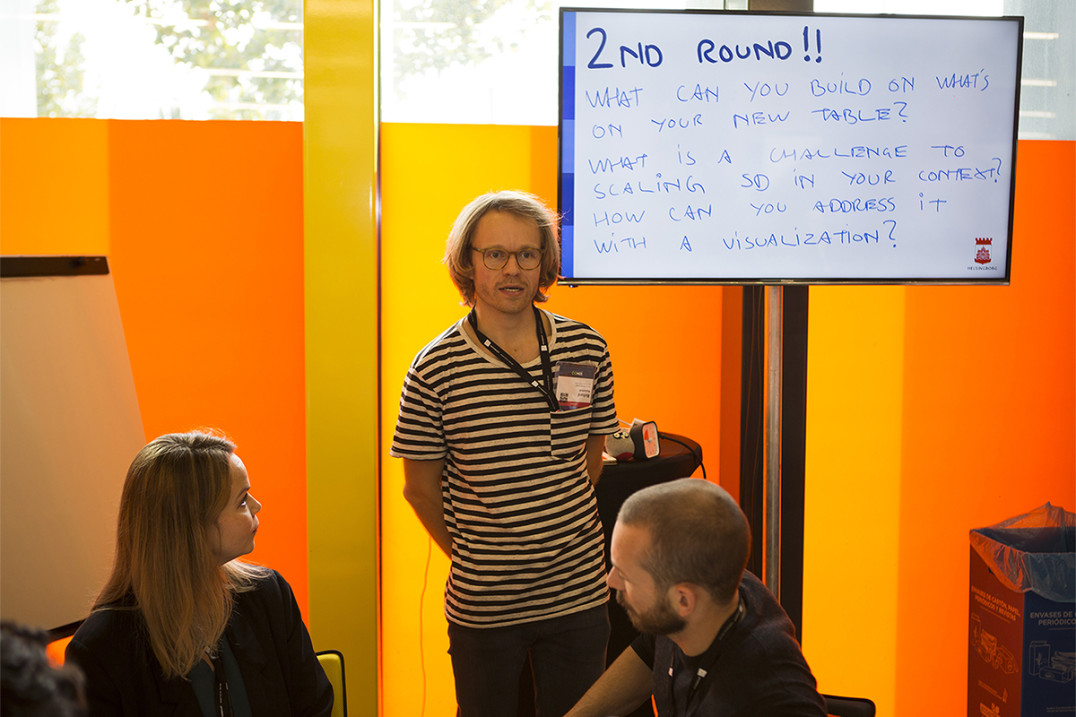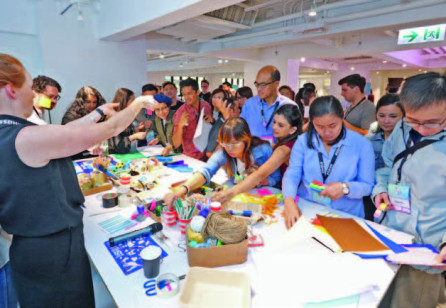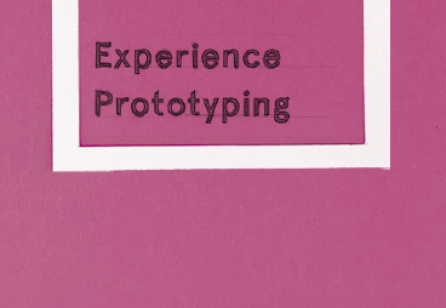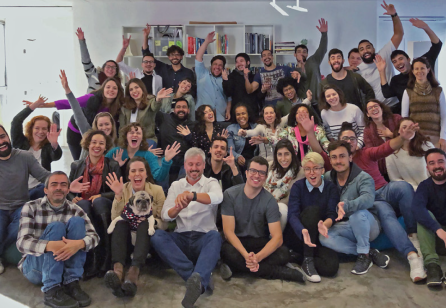What are the essential tools and frameworks that help communicate visually in service design?
If I had to pick only three tools, I would go with felt markers, sticky notes and flipchart papers. You get very far with only those things. The game is still on to create the perfect digital tool to complement, or even replace, these analog ones. At the moment, I’m a fan of Mural, Limnu, Paper and OneNote.
As for frameworks, the Design Council double diamond and variations thereof is still essential. In my experience, growing a culture of collaboration, storytelling and shared owner of visual production and outcomes is also very important.
What tools and frameworks do you incorporate in co-creation sessions while working with business stakeholders or others that aren’t adept in visual communication?
I like to lower the stakes by starting with an exercise that involves drawing, but doesn’t relate to the topic at hand. For example, doing a check-in round where everyone in the sessions draws the animal they feel best represents them at the moment. I also have my three golden rules for “minimum viable post it notes”: all caps all the time, drawing before writing and one idea/concept/question/quote per note.
What are common mistakes made service design visualizations?
If we’re talking about the concept of service design as such, I think the two most common mistakes are visualizing service design in a too linear way and focusing too much on the process at the expense of the mindset.
This is quite natural as open-endedness and thought models are always difficult to illustrate. When it comes to particular insights, challenges or proposals, something I see often is visualizations that try to capture an experience from a user perspective but still carry a lot assumptions from the world of the service provider.
Are there any visualization tools for service design you are rethinking or have seen reinvented?
I try to constantly challenge and develop my own methods. For example, I’m exploring how I use my hybrid tablet laptop as a shared work surface when I’m working together with a few colleagues. Manifesto type posters that capture the essence of the service design approach are interesting to me and lately I’ve sketching versions that eliminate all text and rely purely on different visual metaphors, anything from geometric shapes to animals. I’ve also been playing with a grid that integrates storyboarding and service blueprinting. Finally, I really like how Innovationshuset integrate the business model canvas in their work.
What resources would you recommend for people interested in incorporating visual tools and communication in their service design practice?
My number one recommendation is to make an investment in equipment, say a selection of five or ten good markers (plus maybe a fineliner) and a notebook. Not because you need fancy stuff, but because you will be more committed to building the habit of working visually if you’ve put some cash down. I prefer to get inspired and learn in small bits, rather sitting down with a book or course, so I just follow designers, facilitators and artists whose style I like on twitter. I get a lot inspiration from my friends Mauro and Mathias for example. Lastly, I gave a pecha kucha on how to not suck with post its earlier this year, which you can check out here.
Any final thoughts you would like to share on visualizing service design?
Beware of becoming “that person who’s good at visualizing”. The more people on a team who are working visually the better. When I end up doing all the visualizing in a collaborative work session, I feel detached from the creative process because I’m recording more than I’m creating. At the same time, I have to be really careful and conscious about the fact that the entire tangible output is being filtered through my interpretation. So you’re better off distributing the job of visualizing, which also means you benefit from diverse styles and approaches.
Be sure to check-out Richard’s workshop at the upcoming 2017 SDN Global Conference
Check out other conversations at 5by5@blog









Share your thoughts
0 RepliesPlease login to comment